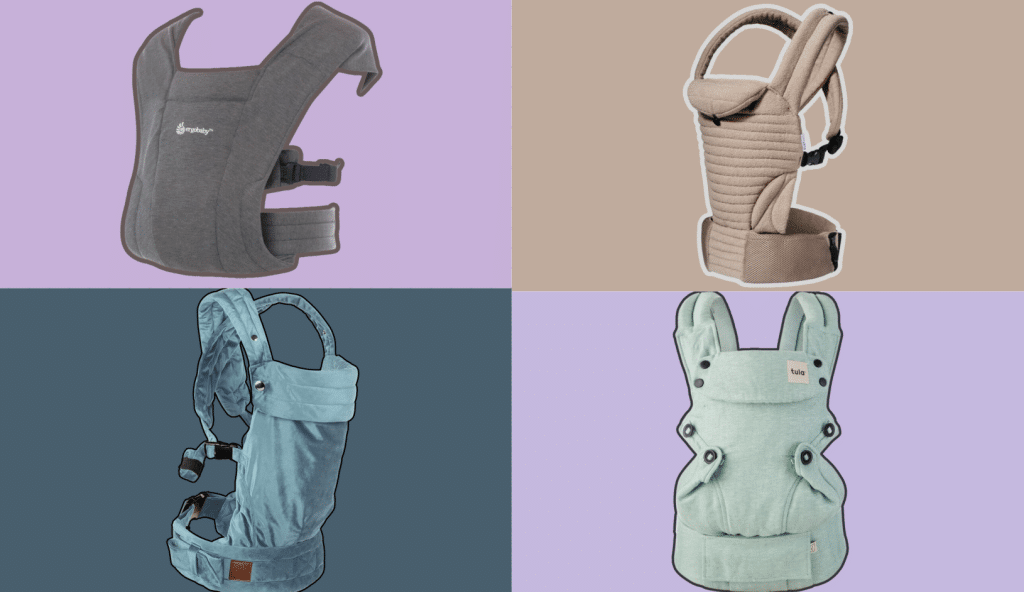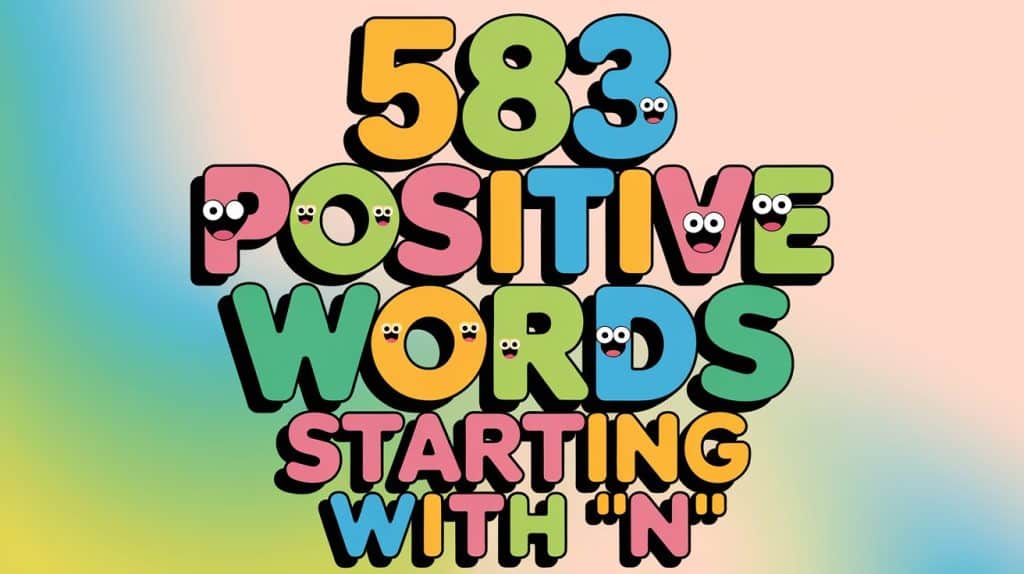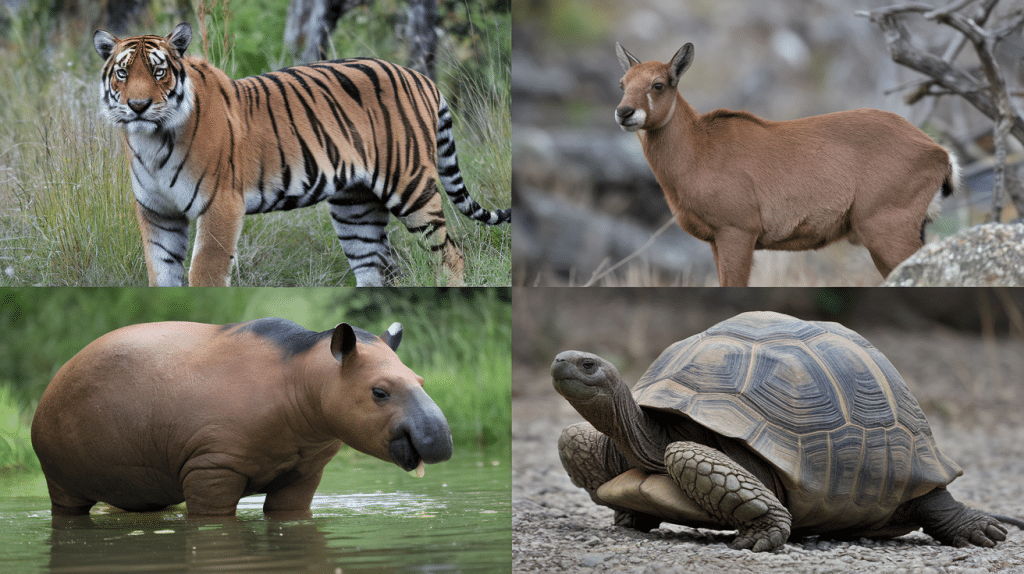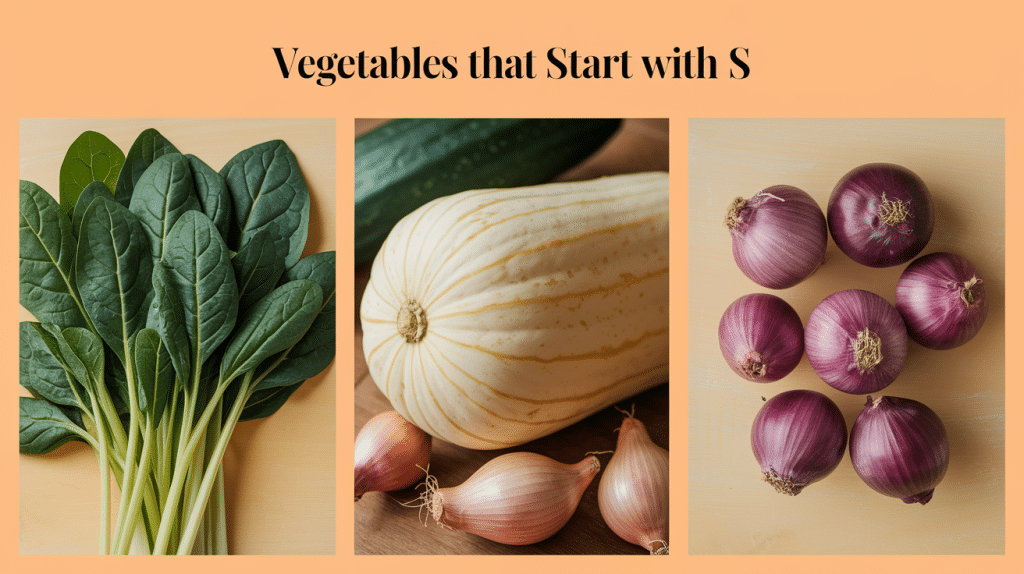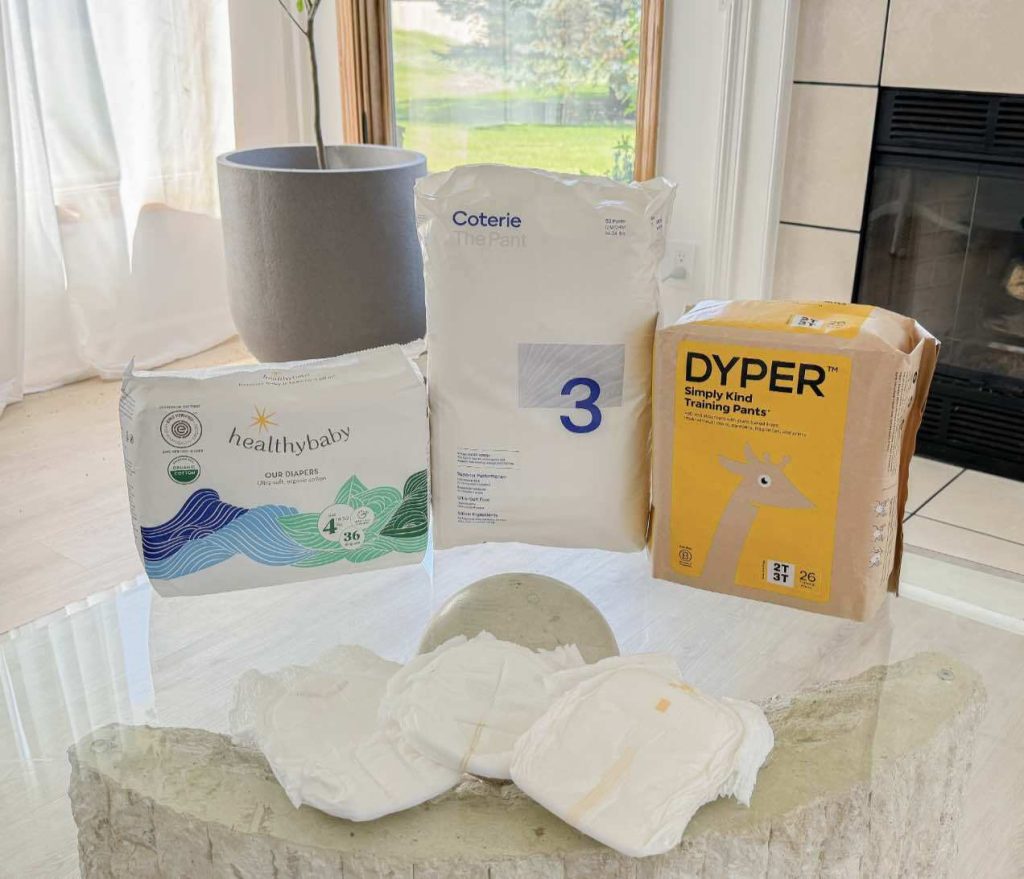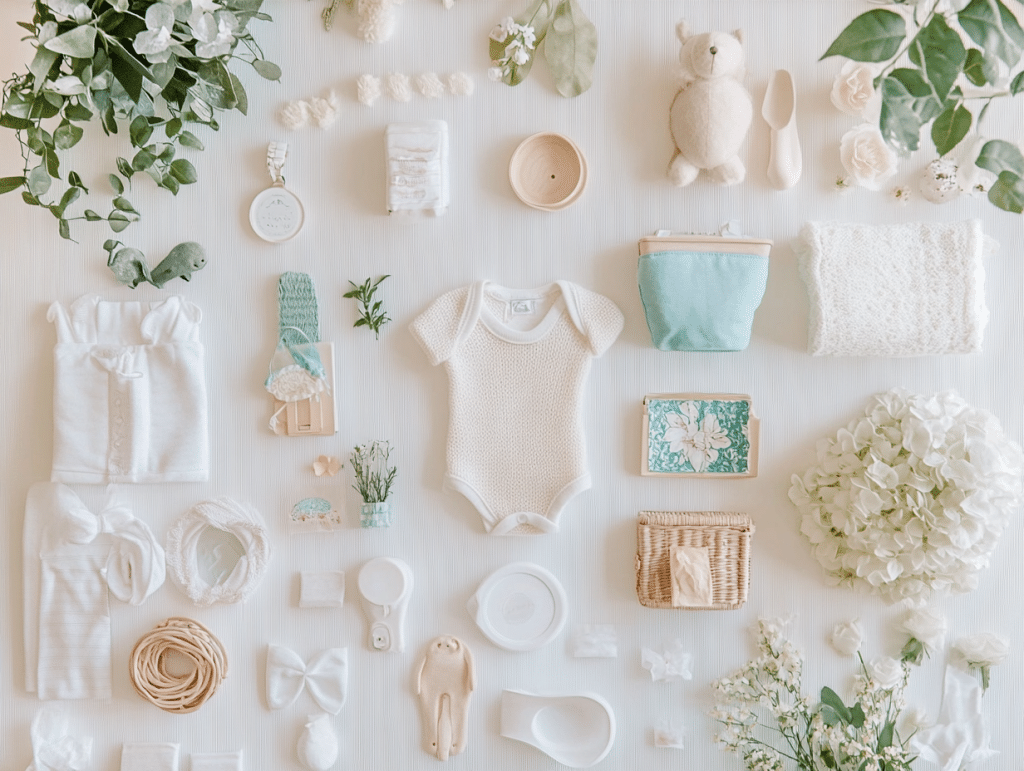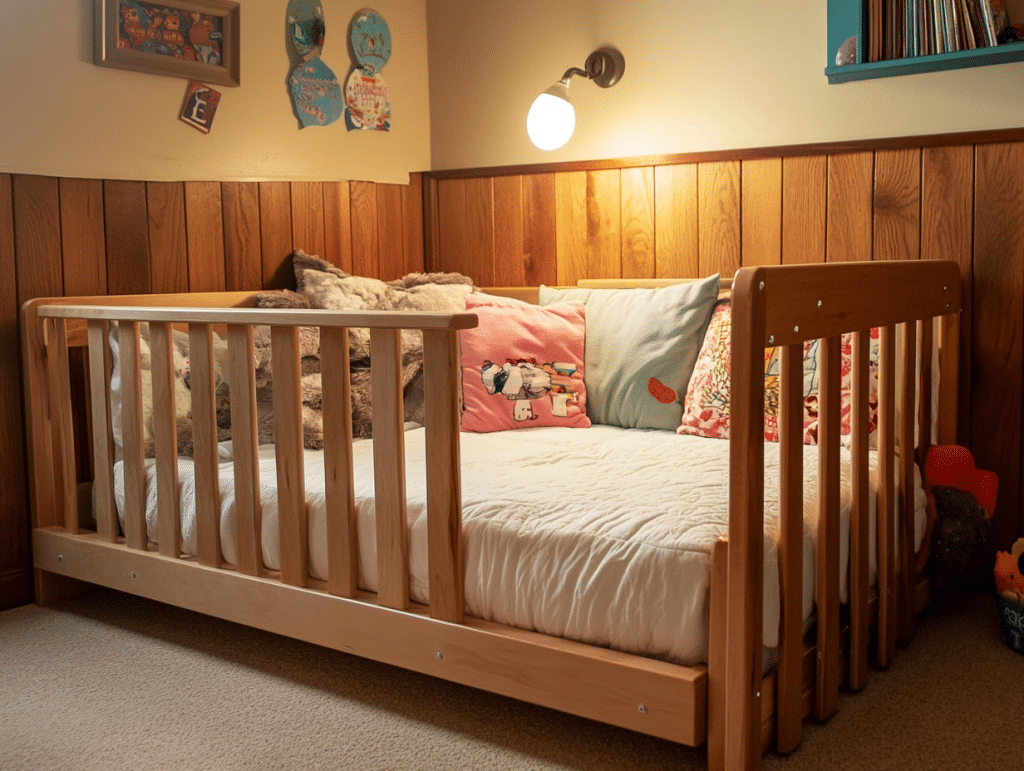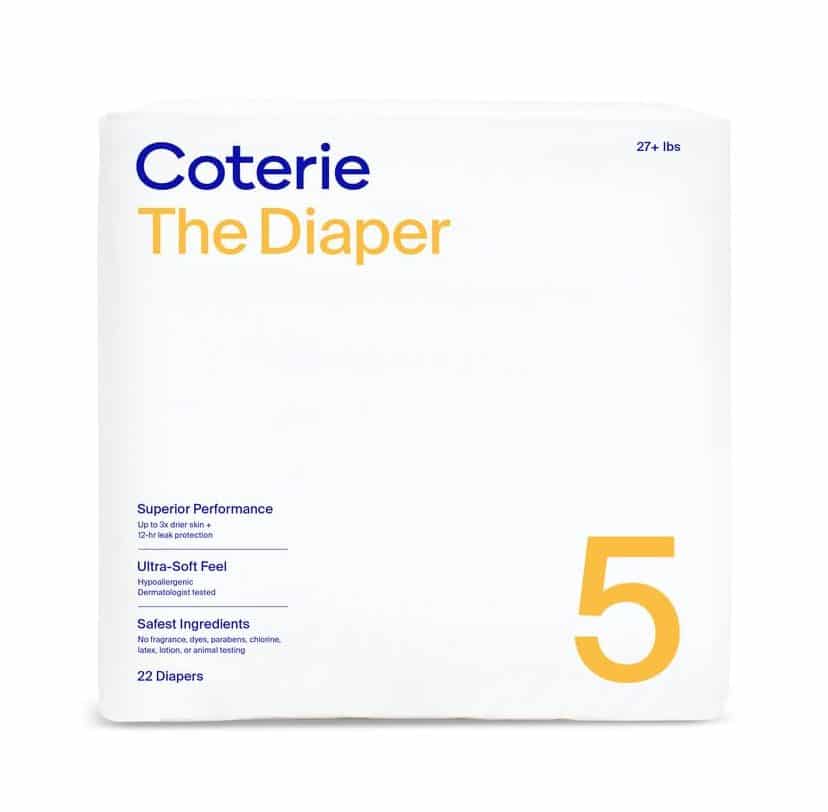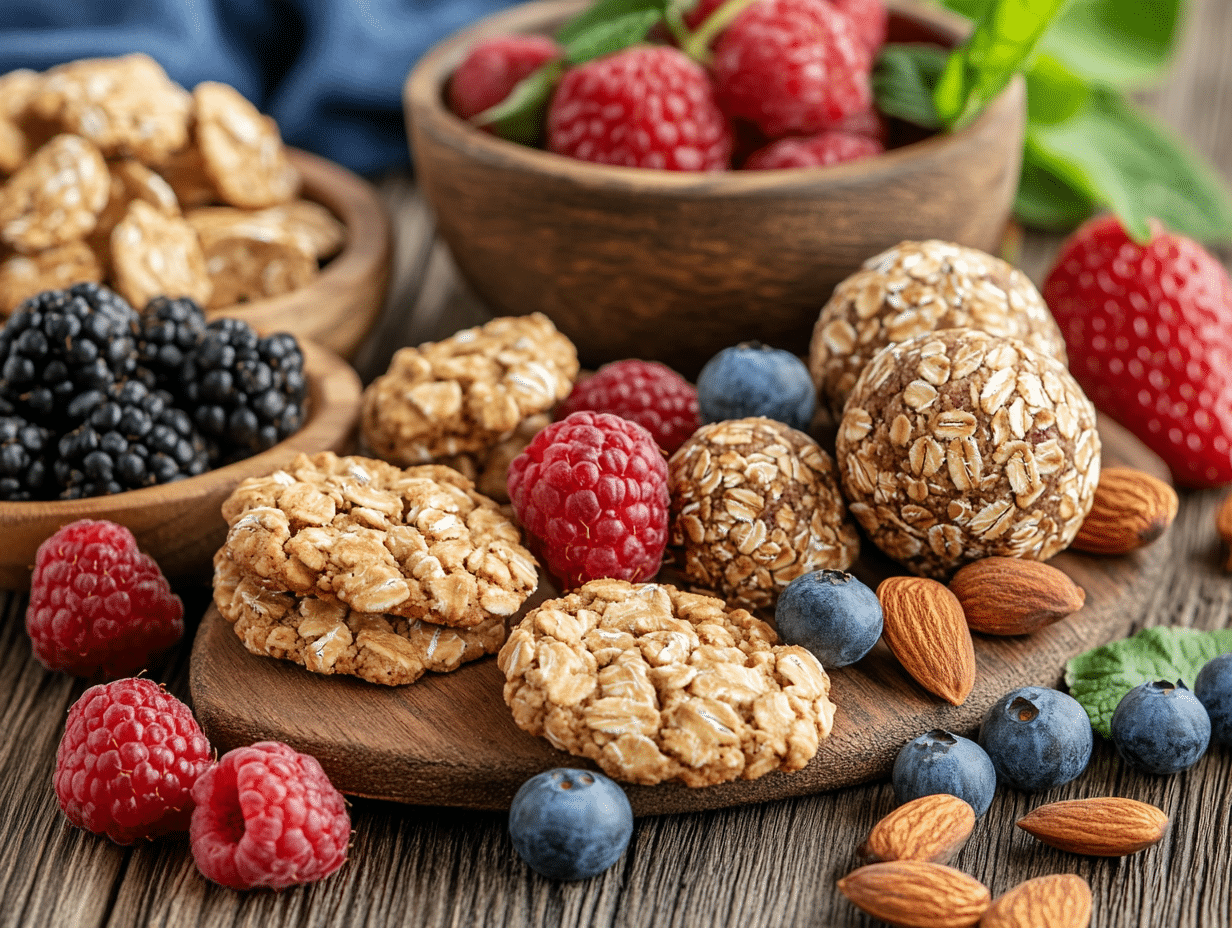Now Reading: Dyper VS Coterie: A Comprehensive Overview
-
01
Dyper VS Coterie: A Comprehensive Overview

Dyper VS Coterie: A Comprehensive Overview
Are you tired of diaper leaks and nighttime blowouts? As a parent who’s tested both Dyper and Coterie brands, I know how hard it is to pick the right diaper for your baby.
These two brands often come up in parent discussions, each claiming to offer better absorption and comfort. I’ve spent three months testing both brands on my baby, tracking performance, comfort, and value.
In this comparison, I’ll share detailed findings about:
- Material quality and safety
- Absorption tests
- Comfort and fit
- Price per diaper
- Environmental impact
Read on to find which diaper brand truly delivers on its promises. My real-world tests will help you make the best choice for your baby and budget.
Meet The Brands
Dyper
Dyper started in 2018 with a focus on plant-based diapers. The company makes diapers from bamboo fibers, aiming to reduce plastic use in baby care. They offer a simple subscription model that sends diapers to your door based on your baby’s needs.
These diapers come in plain white without cartoon prints. Each diaper passes strict quality tests for safety.
The company stands out for its take-back program – collecting and processing used diapers, turning them into useful items like garden soil.
Coterie
Coterie entered the market in 2019, bringing science-backed design to baby diapers. Their diapers use TCF (totally chlorine-free) wood pulp as the main material. Each diaper goes through multiple tests to ensure it meets safety standards.
The brand focuses on making diapers that hold more liquid than regular ones. They keep their design clean and white, similar to Dyper. Coterie puts effort into creating diapers that feel soft while staying strong enough to prevent leaks.
Both brands show how diaper making has changed to meet parents’ needs for better materials and safer products.
Common Features of Dyper And Coterie
Both brands focus on making safer diapers for babies. They skip common items like latex, perfumes, and harsh chemicals that might bother sensitive skin. Each brand prints its full list of materials on its website and packaging.
These diapers feel softer than standard store brands. The top layer that touches your baby’s skin stays dry even after multiple uses. Both brands test their products with real families before selling them.
Key Differences Between Dyper And Coterie
Here’s a table summarizing the key differences between Dyper and Coterie diapers:
| Feature | Dyper | Coterie |
|---|---|---|
| Material Composition | Made from bamboo fibers, silky and cool, it is ideal for sensitive skin. | It is made from TCF wood pulp with a three-layer design for softness and durability. |
| Absorbency | Holds up to 50 ml; stays dry for 8-10 hours at night; daytime changes every 3-4 hours. | Holds up to 65 ml; provides up to 12 hours of dryness with advanced wetness channels. |
| Disposability Options | Offers REDYPER service to return used diapers for composting into the soil. | It decomposes in about five years and is packaged in paper-based materials. |
| Environmental Impact | Bamboo requires 30% less water, supports bike deliveries, and offers tree-planting initiatives. | It uses 25% less material, sources wood from certified forests, and reduces trips with bulk shipping. |
| Pricing and Value | $85/month ($0.27-$0.38/diaper); flexible subscriptions and usage-based alerts. | $100/month ($0.33-$0.47/diaper); superior absorbency may reduce diaper usage. |
This table provides a concise comparison of the two brands for easy decision-making.
Which Brand Comes Out On Top?
Let me break this down based on what matters most to parents.
1. Best for Overnight Use: Coterie wins for overnight stays. Their higher liquid capacity means fewer night changes and better sleep. The diapers stay dry for 12 hours, which is helpful for longer rest times.
2. Best for Sensitive Skin: Dyper takes this spot. Their bamboo material stays cool and works well for babies who get rashes easily. The natural fibers let air flow better, keeping skin happy.
3. Best for Earth-Friendly Focus: Dyper leads here. Their take-back program and bamboo choice make a real difference. While both brands help the earth, Dyper goes further with its compost program.
4. Best for Heavy Wetters: Coterie shines for babies who need extra protection. The bigger holding capacity and special leak guards work better for active babies and long car rides.
5. Best for Budget: Dyper offers better value. Though both brands cost more than store options, Dyper’s lower price and good quality make sense for careful spenders.
Which One Will You Choose?
Pick Coterie if you:
- Need top absorbency
- Want fewer daily changes
- Focus on overnight dryness
Choose Dyper if you:
- Care most about earth-friendly choices
- Have a baby with sensitive skin
- Want to spend less but still get quality
Conclusion
Picking the right diaper means looking at what works best for your baby and values. Dyper and Coterie offer strong choices, each with clear benefits for different needs.
Think about your main concerns: Does your baby need extra leak protection? Are you focused on helping the earth? Do you want to balance quality with cost? Your answers point to your best choice.
Ready to make your pick? Start with a small pack from each brand to test. Your baby’s comfort will tell you more than any review can.
Want to learn more about baby products? Check out our guide on “Best Natural Baby Care Items,” or join our parent community to share your diaper stories.
Let us know in the comments which brand worked for your little one!
Frequently Asked Questions (FAQs)
Are Coterie Diapers Clean?
Yes. Coterie diapers avoid harsh chemicals, dyes, and fragrances. They test for over 200 harmful items and share their test results openly.
Is Millie Moon Like Coterie?
Both are premium diapers, but Coterie holds more liquid. Millie Moon costs less but has fewer size options. Both skip harmful chemicals.
Is The Dyper Brand Clean?
Yes. Dyper uses bamboo without harmful chemicals. They test each batch and show all ingredients on their website. Their diapers meet strict safety rules.
Which Diaper Brand Is Most Absorbent?
Coterie leads in tests, holding 65 ml of liquid. Pampers comes second at 55 ml. Dyper holds 50 ml. Huggies and Millie Moon follow with similar results.







